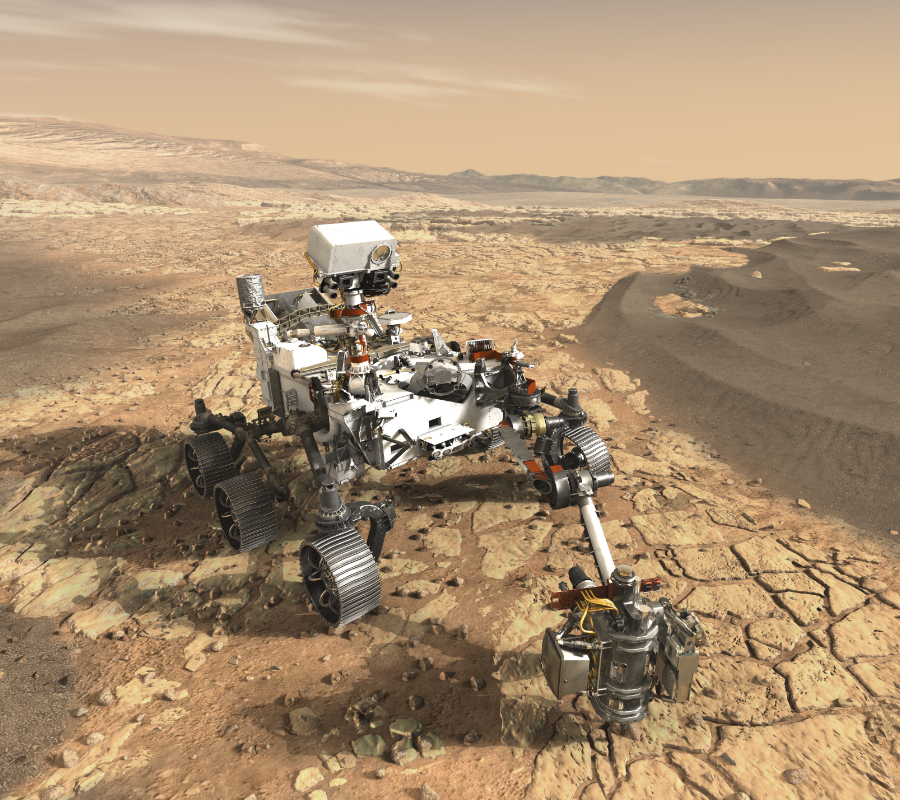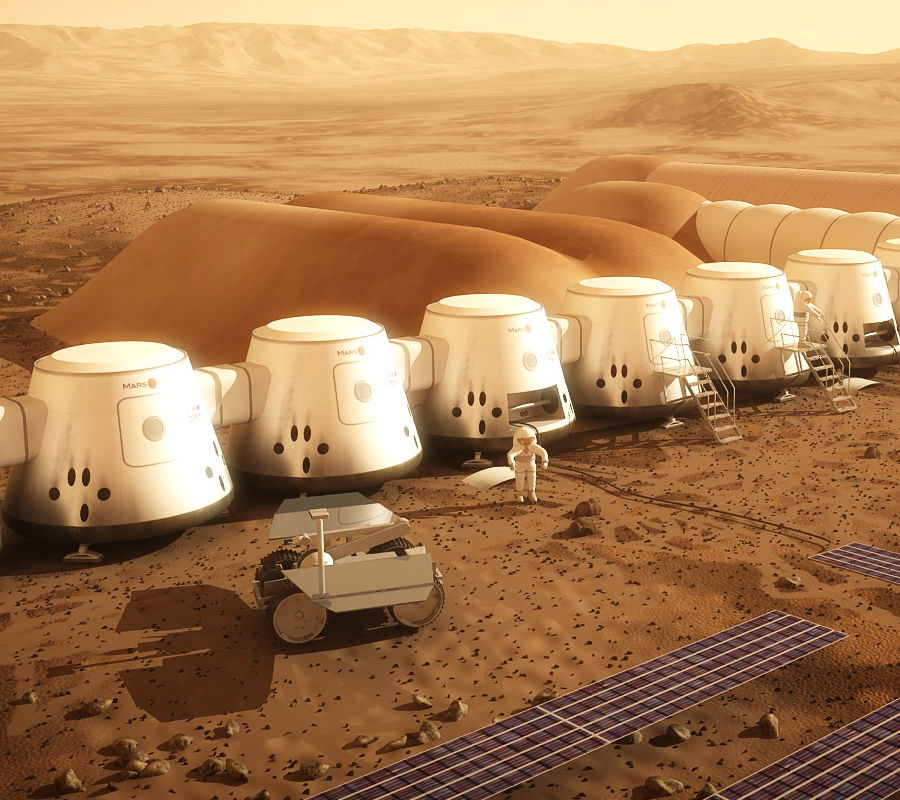NASA revealed concept art on what they plan would become the Mars 2020 rover.
The rover will be capable of collecting samples from rocks and soil, seeking to find evidence of microbial life that may have existed in the Martian past. The Mars 2020 mission is expected to launch between July and August of 2020, aboard an Atlas V 541 rocket at Space Launch Complex 41, Cape Canaveral Air Force Station in Florida.

The next step in human presence on near space
Mars 2020 is the next large-scale mission to explore the planet’s possibilities for harboring life. The primary objective is to see if Mars was habitable in the past and if it harbored microbial life at some point.
One of the main features that researchers are excited about is a new drill that will allow the Mars 2020 rover to collect samples from rocks and soil. This would then be paired with the possibility of a future mission to retrieve the samples. Additionally, NASA seeks to test equipment that will be vital to any future manned missions to Mars.
The rover will also conduct a series of experiments, including tests to form oxygen in the Martian atmosphere. It will also try to harvest subsurface water, analyze the weather, and study landing procedures for larger spacecraft.
The Mars 2020 rover will inherit several technologies from the Curiosity rover, but it will be a vastly upgraded version. The rover is expected to be capable of moving between 3 to 12 miles.
Despite recent findings, researchers cannot fully conclude that life ever existed on Mars, which is why the Mars 2020 mission will perhaps clear that cloud of doubt.
What’s necessary for life to exist on Mars?
For life to be on Mars, researchers agree that there had to be a “long-standing supply of water,” leading the mission to be focused on places where there might have been stable liquid water. NASA suggests that there may be undiscovered “hot spots” where hydrothermal pods provide places for extraterrestrial life.
The second component of life as we know it is energy. Researchers believe that sunlight is not enough energy for any living organism on Mars because the planet is cluttered with what they call “superoxides,” which break down primordial carbon-based molecules that could otherwise allow life to thrive.
Hopes lie in the fact that on Earth there is life even in the deepest regions of the oceans, where there is a clear absence of light. In these regions, what allows life to exist is the Earth’s geothermal energy, which may suggest that if a similar environment exists on Mars, there could be life there too.

Lastly, Mars 2020’s primary objective will also focus on seeking signs of current and previous life. NASA researchers believe that if there are fossils on Earth that provide clues about how life developed millions of years ago, then there could be similar markings on Mars.
“Based on studies of the fossil record on Earth, we know that only certain environments and types of deposits provide good places for fossil preservation. On Mars, searches are already underway to locate lakes or streams that may have left behind similar deposits,” reads NASA’s file on Mars 2020’s main objectives.
Source: NASA
